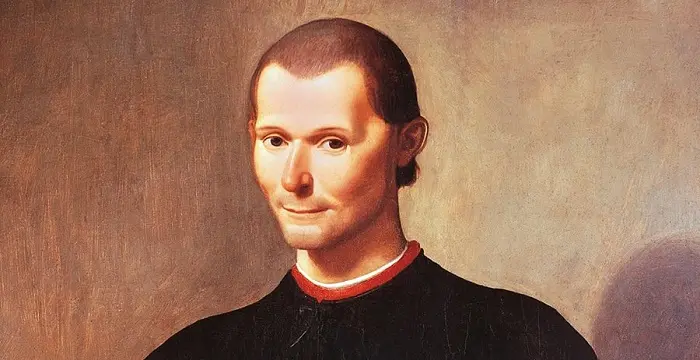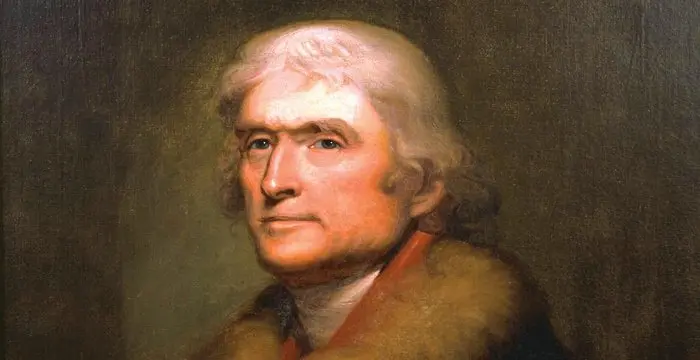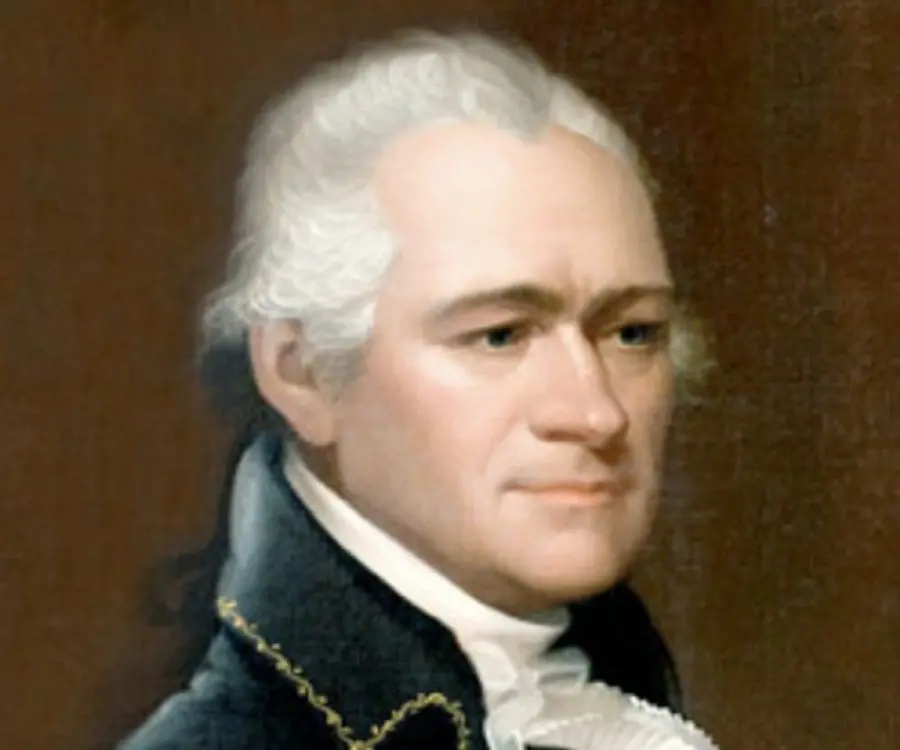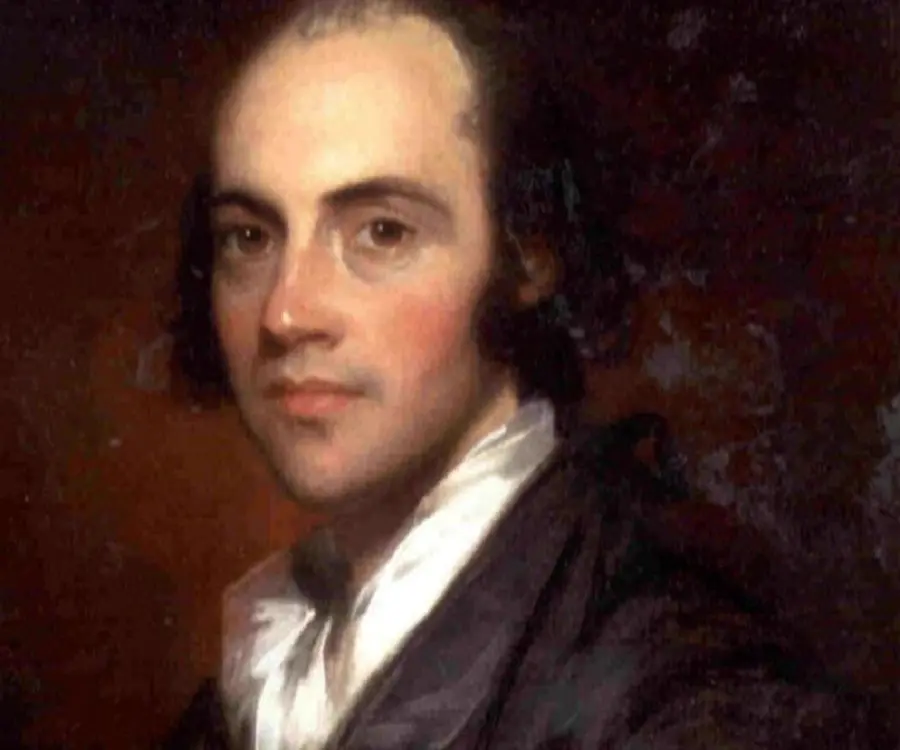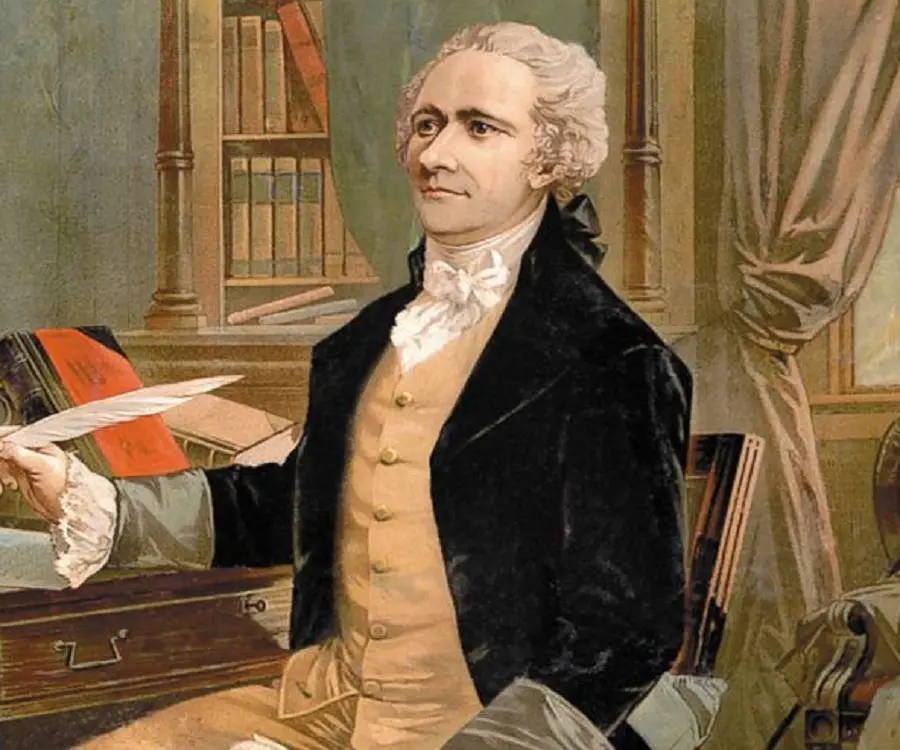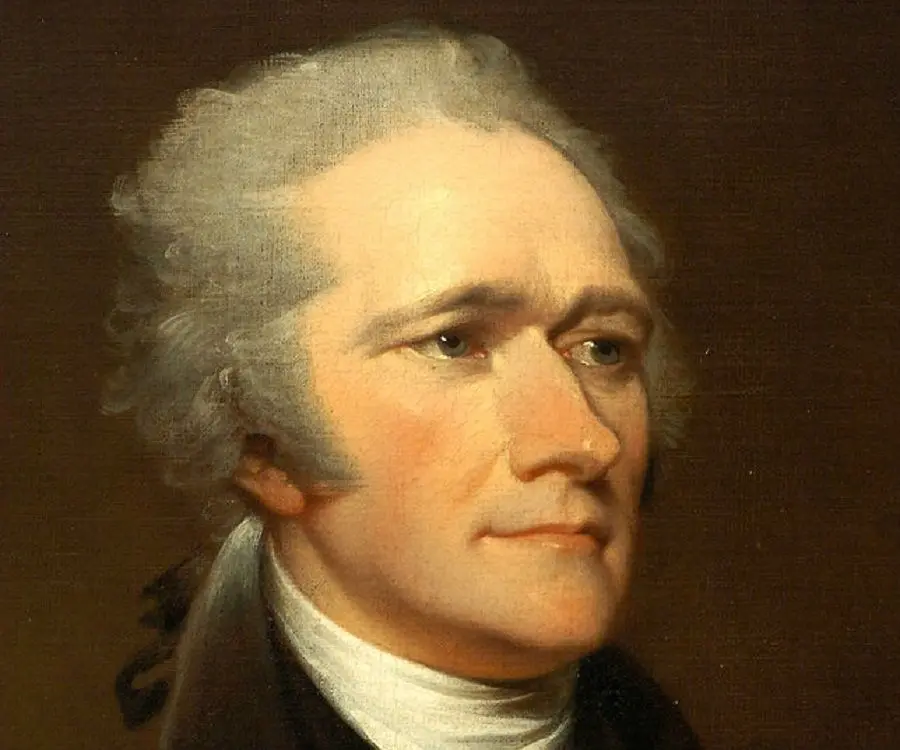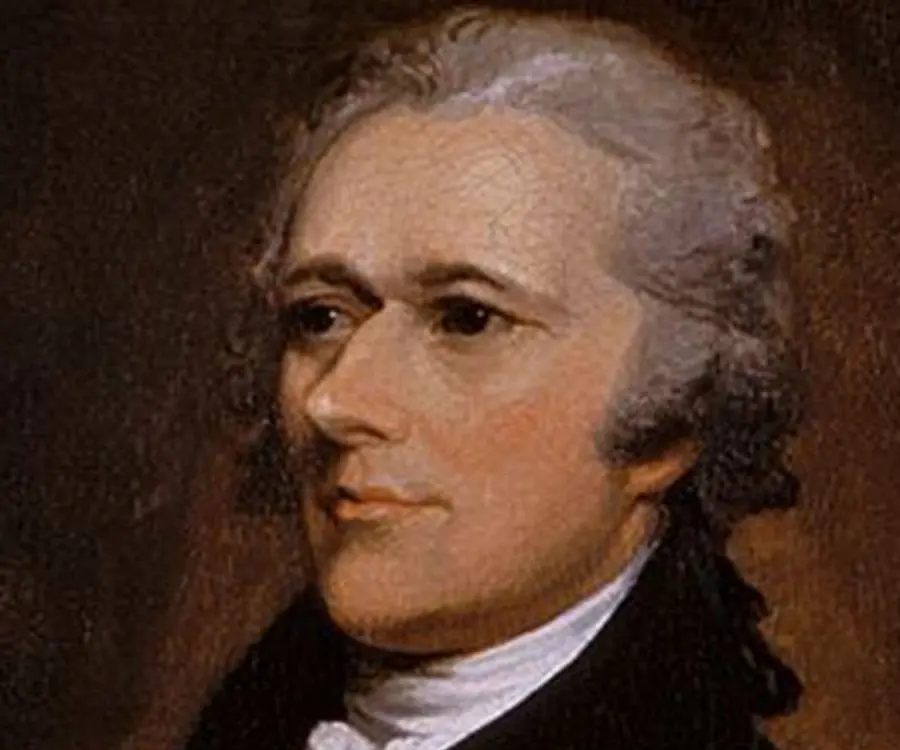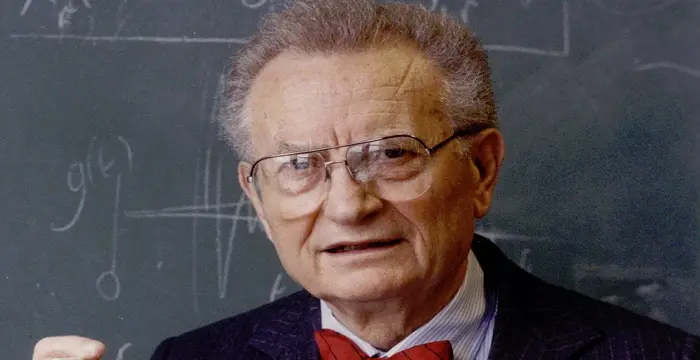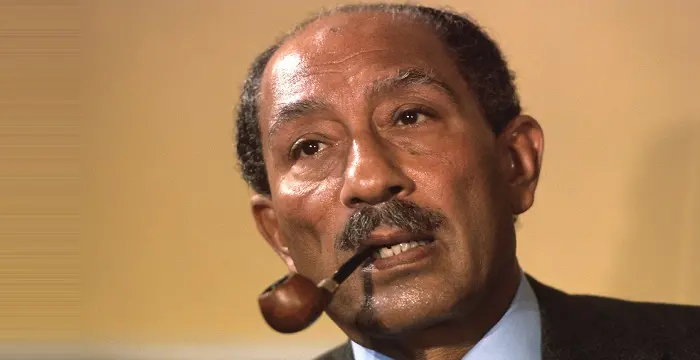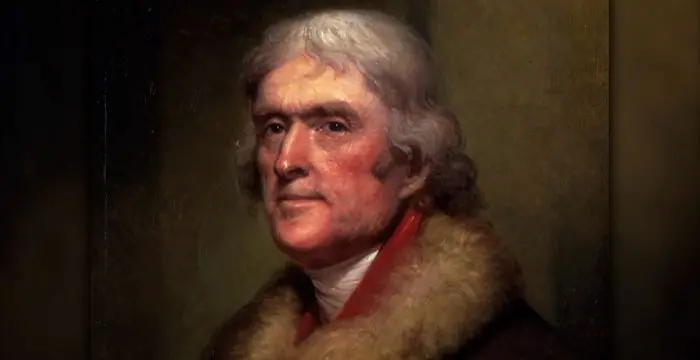
Alexander Hamilton - Political Philosopher, Birthday and Family
Alexander Hamilton's Personal Details
Alexander Hamilton was one of the Founding Fathers of the United States, who later on became the first U.S
| Information | Detail |
|---|---|
| Birthday | January 11, 1755 |
| Died on | July 12, 1804 |
| Nationality | American |
| Famous | Columbia University, Economists, Leaders, Political Leaders, ENTJ, Former U.s. Secretary of the Treasury, Political Philosopher |
| Spouses | Elizabeth Schuyler (m. 1780; his death 1804) |
| Childrens | Philip Hamilton |
| Universities |
|
| Notable Alumnis |
|
| Birth Place | Nevis, British West Indies |
| Gender | Male |
| Sun Sign | Capricorn |
| Born in | Nevis, British West Indies |
| Famous as | Economist, Political Philosopher, Former U.S. Secretary of the Treasury |
| Died at Age | 49 |
// Famous Political Philosopher
Niccolò Machiavelli
Niccolo Machiavelli was an Italian politician, historian and philosopher who is widely known as a founder of modern political science.
Thomas Jefferson
Thomas Jefferson was a political philosopher and the third President of the United States. Read this brief biography to know more about him.
Alexander Hamilton's photo
Who is Alexander Hamilton?
Alexander Hamilton was one of the Founding Fathers of the United States; he was also a well-respected statesman and a successful military leader. Born out of wedlock in mid-eighteenth century, he spent his childhood among the lowest rung of the white society in St. Croix. Starting to work at the age of nine, he later received informal education from his mentors before being sent to the King’s College, New York to be trained as a doctor. Here, he was quickly drawn into politics, writing his first published article at the age of seventeen. Later he joined the War of Independence and came close to General Washington, who on becoming President of United States made him the first Secretary of Treasury. In this new avatar, Hamilton founded the nation’s financial policy, helping the government to tide over the chaos it had inherited from the revolution. A supporter of strong federal government, he also played significant role in the ratification of the new constitution and held slavery morally wrong.
Childhood & Early Years
Alexander Hamilton was born out of wedlock in Charlestown, the capital of the island of Nevis, in British West Indies. His father, James Hamilton, was a Scottish trader and his mother, Rachel Fawcett Lavien, was a married woman of British and French Huguenot descent.
There is an ambiguity about the year of Alexander’s birth. Although he himself listed his birthday as January 11, 1757 a probate paper drafted after his mother’s death in 1768, listed him as 13 years old, making 1755 the year of his birth.
Younger of his parents two sons; he had an elder brother called James Hamilton. He also had a half brother called Peter, born out of his mother’s marriage to John Michael Lavien.
In 1765, as Alexander turned eleven, the family moved to St. Croix. Very soon their father abandoned the family, ostensibly to save Rachel from a charge of bigamy. Living in the lowest rung of white society, Rachel began to run a store in Christiansted while Alexander took up a job.
By then, Lavien had posted a public summon for her to appear before a divorce court. In it, he declared her a whore who had given birth to illegitimate children. It made them subject of malicious gossips and made life all the more difficult.
In early 1768, Rachel contracted a severe fever and died on February 19, 1768, leaving her children orphaned. Her husband then came forward to take control of her assets, thus depriving the two brothers, whom he called ‘sons of a whore’ of their inheritance.
On His Own
Soon after Rachel’s death, Alexander Hamilton found home with Thomas Stevens, a merchant. According to many, Stevens might have been Hamilton’s biological father because Hamilton had a striking resemblance with Stevenson’s son, Edward. That only Alexander was given a home, not James, could be another reason for this assumption.
Sometime now, Alexander found employment with Beekman and Cruger, an import-export firm owned by a New Yorker called Nicholas Cruger, while his brother, James, became an apprentice with a local carpenter. Eventually the two brothers separated and never met again.
Cruger instantly took a liking to young Hamilton and began to give him instruction in global finance. Very soon, the young boy was inspecting cargoes, preparing bills of lading and advising captains. As the company also dealt in slaves, he also came in contact with the darker side of life.
After work, Hamilton spent his time reading in the library of Reverend Hugh Knox, gaining extensive knowledge in literature, history and science. Concurrently, he also started publishing an occasional poem in the local paper. In 1772, he impressed his readers with a vivid account of the hurricane.
In Mainland America
In October 1772, Cruger and Knox pulled in their resources to send young Hamilton to Elizabethtown, New Jersey. Here, living with William Livingston, at that time a leading intellectual, he enrolled at Elizabethtown Academy and concentrated on filling the gaps in his education.
In 1773, Hamilton was sent to New York City, where he enrolled at King’s College to study medicine as a private student, officially matriculating in May 1774. Although his mentors had hoped that he would return to St. Croix to set up his own practice it was not to be.
In September 1774, as the First Continental Congress was being held in Philadelphia, Hamilton began to take interest in its proceeding. Very soon he started supporting the Patriots against the Loyalists, convinced that they had valid grudges against England.
In December 1774, 17 year old Hamilton wrote his first published article in support of the Patriots’ cause against Samuel Seabury’s pamphlets supporting the Loyalist view points. Entitled ‘A Full Vindication of the Measures of Congress’, it consisted of 35 pages.
His second article, ‘The Farmer Refuted’ was published in February 1775. He also wrote two articles attacking Quebec Act of 1774. Fifteen installments of ‘The Monitor’, published anonymously in New York Journal might have also been written by him.
Although he supported revolutionary cause, he was against attacking the Loyalist. On May 10, 1775, as an angry mob came to attack Myles Cooper, the then President of King's College, Hamilton is believed to have helped him to escape by keeping the mob engaged with his talk.
Military Career
In 1775, Alexander Hamilton, along with fellow students, formed a volunteer militia company called the Corsicans, renamed later as Hearts of Oak. Before classes they would practice drills in the graveyard of St. Paul’s Chapel. Hamilton, always an avid reader, also studied military history and tactics.
In August 1775, Hamilton’s militia company took part in its first expedition, when it successfully raided the British canons in the Battery, the southern tip of Manhattan Island in New York City After this, the volunteer company was made an artillery company.
In 1776, Hamilton was commissioned as Captain and instructed to raise the New York Provincial Company of Artillery to protect Manhattan Island. He quickly raised a troop of 60 men and began to take part in different campaigns around the city.
On 27 August 1776, when the Battle of Long Island broke out and Hamilton’s troops fought side by side with Washington’s Army. Later they took part in the Battle of the White Plain (October 28, 1776), the Battle of Trenton (December 26, 1776) and Battle of Princeton (January 3, 1777).
In March 1777, Hamilton was made a lieutenant colonel in the Continental Army and appointed aides-de-camp to General Washington. He spent four years, drafting Washington’s letters, composing reports on reforms, restructuring the Continental Army and also undertook various intelligence as well as diplomatic duties.
Eager to return to the battlefield, he was assigned to a New York light infantry battalion as its Commander on July 31, 1781. In October, he led a victorious charge in the Battle of Yorktown, which effectively finished off the War of Independence.
In the Congress of the Confederation
After the war, Alexander Hamilton resigned his commission and in 1782 entered the Congress of the Confederation as a representative from New York. It was a tough period for the newly born state and he now proceeded to solve its teething problems.
By now, he had already been vocal about the decentralized nature of the Congress, which had no right to tax and was dependent upon the states not only for voluntary financial support, but on various other matters.
Hamilton drafted a resolution to revise the Articles of Confederation. It contained many features, which were later included in U.S. Constitution, created in 1787 and ratified in 1788. It included a strong federal government with the power to collect taxes and raise an army. It also proposed separation of powers into Executive, Legislative, and Judiciary.
Legal Career
In 1783, Alexander Hamilton left the Congress in frustration, returning to New York to study law, passing the examination by the end of the year. Thereafter, he set up his practice in New York City. Many of his clients were loyalist, who had been sued as trespassers.
Most significant of these cases was Rutgers v. Waddington (1784), in which he defended a British subject, who held a brewery during military occupation and now faced damages from its owner. He won the case, arguing that the Trespass Act violated the 1783 Treaty of Paris.
Hamilton was equally active in the financial market. On June 9, 1784, he founded the Bank of New York, which opened with a capital of $500,000 in Lower Manhattan. It continued to function until it was merged with the Mellon Financial Corporation on July 2, 2007.
Governance
Alexander Hamilton was always for a strong federal government and throughout 1780s he continued to work in that direction, writing number of essays on it. Later as the new constitution was ready for ratification, he used his power of oratory to turn the tide of anti-federalism and have the constitution approved.
In 1789, as George Washington became the President of the United States, he appointed Hamilton as the first Secretary of Treasury. At that time, the financial condition of the federal government was in bad shape. He now crafted number of policies that saved the new-bon country from financial doom.
On January 31, 1795, Hamilton resigned from his position as First Secretary, leaving the federal government economically more stable. He now returned to New York to continue his legal practice. However, he remained closed to President Washington, writing drafts for the latter’s letters and addresses.
During this period, he clashed repeatedly with several influential leaders like Thomas Jefferson, John Adams and Aaron Burr. In spite of that, when the quasi war broke out in 1798, John Adams, the then President of United States, appointed him a Major General.
From July 18, 1798, to June 15, 1800, Hamilton served as Inspector General; but was effectively the head of the United States Army. Then after Washington’s death, he became the Senior Officer of the United States Army, holding the position from December 14, 1799, to June 15, 1800.
Major Works
Alexander Hamilton is best remembered as the builder of national infrastructure under a very difficult condition. He not only worked hard to create a strong federal government, but as the first Secretary of Treasury, he also contributed significantly to improve the financial condition of his country.
During his tenure as the Secretary of Treasury, he submitted various financial reports to Congress. Among these, most significant are the First Report on the Public Credit, Operations of the Act Laying Duties on Imports, Report on a National Bank, On the Establishment of a Mint, Report on Manufactures, and the Report on a Plan for the Further Support of Public Credit.
Awards & Achievements
In 1791, Alexander Hamilton was elected a Fellow of the American Academy of Arts and Sciences.
Personal Life & Legacy
On December 14, 1780, Alexander Hamilton married Elizabeth Schuyler, the daughter of Revolutionary War general, Philip Schuyler. They enjoyed a very close relationship, and had eight children; Philip, Angelica, Alexander, James, John, William, Eliza and Philip.
In the summer of 1791, Hamilton met Maria Reynolds, married to some James Reynolds. Eventually the two began an illicit affair that lasted until June 1792. The incident did not have any impact upon his marriage; but many believe it robbed him his chance to become the next US President.
On June 27, 1804, Hamilton was challenged in a duel by Aaron Burr, who felt the other man had insulted him. After a series of attempts to reconcile failed Hamilton decided to accept the offer, but throw away the shots.
The duel began at dawn on July 11, 1804, on the bank of the Hudson River in New Jersey. While Hamilton’s shot hit branches above his opponent’s head, Burr’s shot wounded him fatally and he died from it on July 12, 1804. He was later buried in the Trinity Churchyard Cemetery in Manhattan.
Hamilton’s portrait is depicted on the front of the U.S. $10 bill since 1928. His statues, erected in different parts of the country, as well as buildings and geographic sites named after him continue to carry his legacy.
Trivia
Hamilton’s affair with Maria Reynolds, which came to light in 1797, makes him the first American politician to become involved in a sex scandal.
// Famous Economists
Bertil Gotthard Ohlin
Bertil Gotthard Ohlin was a famous Swedish economist. This biography profiles his childhood, family life & achievements.
Emily Greene Balch
Emily Greene Balch was an American economist, sociologist and pacifist who won the 1946 Nobel Peace Prize. This biography of Emily Greene Balch provides detailed information about her childhood, life, achievements, works & timeline.
Paul Samuelson
Nobel laureate Paul Anthony Samuelson is referred to as the ‘Father of Modern Economics’. This biography profiles his childhood, life, career, achievements and interesting facts about him.
Alexander Hamilton biography timelines
- // 11th Jan 1757There is an ambiguity about the year of Alexander’s birth. Although he himself listed his birthday as January 11, 1757 a probate paper drafted after his mother’s death in 1768, listed him as 13 years old, making 1755 the year of his birth.
- // 1765In 1765, as Alexander turned eleven, the family moved to St. Croix. Very soon their father abandoned the family, ostensibly to save Rachel from a charge of bigamy. Living in the lowest rung of white society, Rachel began to run a store in Christiansted while Alexander took up a job.
- // 1768 To 19th Feb 1768In early 1768, Rachel contracted a severe fever and died on February 19, 1768, leaving her children orphaned. Her husband then came forward to take control of her assets, thus depriving the two brothers, whom he called ‘sons of a whore’ of their inheritance.
- // 1772After work, Hamilton spent his time reading in the library of Reverend Hugh Knox, gaining extensive knowledge in literature, history and science. Concurrently, he also started publishing an occasional poem in the local paper. In 1772, he impressed his readers with a vivid account of the hurricane.
- // 1772In October 1772, Cruger and Knox pulled in their resources to send young Hamilton to Elizabethtown, New Jersey. Here, living with William Livingston, at that time a leading intellectual, he enrolled at Elizabethtown Academy and concentrated on filling the gaps in his education.
- // 1773 To 1774In 1773, Hamilton was sent to New York City, where he enrolled at King’s College to study medicine as a private student, officially matriculating in May 1774. Although his mentors had hoped that he would return to St. Croix to set up his own practice it was not to be.
- // 1774In September 1774, as the First Continental Congress was being held in Philadelphia, Hamilton began to take interest in its proceeding. Very soon he started supporting the Patriots against the Loyalists, convinced that they had valid grudges against England.
- // 1774 To Feb 1775His second article, ‘The Farmer Refuted’ was published in February 1775. He also wrote two articles attacking Quebec Act of 1774. Fifteen installments of ‘The Monitor’, published anonymously in New York Journal might have also been written by him.
- // Dec 1774In December 1774, 17 year old Hamilton wrote his first published article in support of the Patriots’ cause against Samuel Seabury’s pamphlets supporting the Loyalist view points. Entitled ‘A Full Vindication of the Measures of Congress’, it consisted of 35 pages.
- // 1775In 1775, Alexander Hamilton, along with fellow students, formed a volunteer militia company called the Corsicans, renamed later as Hearts of Oak. Before classes they would practice drills in the graveyard of St. Paul’s Chapel. Hamilton, always an avid reader, also studied military history and tactics.
- // 10th May 1775Although he supported revolutionary cause, he was against attacking the Loyalist. On May 10, 1775, as an angry mob came to attack Myles Cooper, the then President of King's College, Hamilton is believed to have helped him to escape by keeping the mob engaged with his talk.
- // Aug 1775In August 1775, Hamilton’s militia company took part in its first expedition, when it successfully raided the British canons in the Battery, the southern tip of Manhattan Island in New York City After this, the volunteer company was made an artillery company.
- // 1776In 1776, Hamilton was commissioned as Captain and instructed to raise the New York Provincial Company of Artillery to protect Manhattan Island. He quickly raised a troop of 60 men and began to take part in different campaigns around the city.
- // Mar 1777In March 1777, Hamilton was made a lieutenant colonel in the Continental Army and appointed aides-de-camp to General Washington. He spent four years, drafting Washington’s letters, composing reports on reforms, restructuring the Continental Army and also undertook various intelligence as well as diplomatic duties.
- // 1780Alexander Hamilton was always for a strong federal government and throughout 1780s he continued to work in that direction, writing number of essays on it. Later as the new constitution was ready for ratification, he used his power of oratory to turn the tide of anti-federalism and have the constitution approved.
- // 14th Dec 1780On December 14, 1780, Alexander Hamilton married Elizabeth Schuyler, the daughter of Revolutionary War general, Philip Schuyler. They enjoyed a very close relationship, and had eight children; Philip, Angelica, Alexander, James, John, William, Eliza and Philip.
- // 31st Jul 1781Eager to return to the battlefield, he was assigned to a New York light infantry battalion as its Commander on July 31, 1781. In October, he led a victorious charge in the Battle of Yorktown, which effectively finished off the War of Independence.
- // 1782After the war, Alexander Hamilton resigned his commission and in 1782 entered the Congress of the Confederation as a representative from New York. It was a tough period for the newly born state and he now proceeded to solve its teething problems.
- // 1783In 1783, Alexander Hamilton left the Congress in frustration, returning to New York to study law, passing the examination by the end of the year. Thereafter, he set up his practice in New York City. Many of his clients were loyalist, who had been sued as trespassers.
- // 1783 To 1784Most significant of these cases was Rutgers v. Waddington (1784), in which he defended a British subject, who held a brewery during military occupation and now faced damages from its owner. He won the case, arguing that the Trespass Act violated the 1783 Treaty of Paris.
- // 9th Jun 1784 To 2nd Jul 2007Hamilton was equally active in the financial market. On June 9, 1784, he founded the Bank of New York, which opened with a capital of $500,000 in Lower Manhattan. It continued to function until it was merged with the Mellon Financial Corporation on July 2, 2007.
- // 1787 To 1788Hamilton drafted a resolution to revise the Articles of Confederation. It contained many features, which were later included in U.S. Constitution, created in 1787 and ratified in 1788. It included a strong federal government with the power to collect taxes and raise an army. It also proposed separation of powers into Executive, Legislative, and Judiciary.
- // 1789In 1789, as George Washington became the President of the United States, he appointed Hamilton as the first Secretary of Treasury. At that time, the financial condition of the federal government was in bad shape. He now crafted number of policies that saved the new-bon country from financial doom.
- // 1791In 1791, Alexander Hamilton was elected a Fellow of the American Academy of Arts and Sciences.
- // 1791 To Jun 1792In the summer of 1791, Hamilton met Maria Reynolds, married to some James Reynolds. Eventually the two began an illicit affair that lasted until June 1792. The incident did not have any impact upon his marriage; but many believe it robbed him his chance to become the next US President.
- // 31st Jan 1795On January 31, 1795, Hamilton resigned from his position as First Secretary, leaving the federal government economically more stable. He now returned to New York to continue his legal practice. However, he remained closed to President Washington, writing drafts for the latter’s letters and addresses.
- // 1797Hamilton’s affair with Maria Reynolds, which came to light in 1797, makes him the first American politician to become involved in a sex scandal.
- // 1798During this period, he clashed repeatedly with several influential leaders like Thomas Jefferson, John Adams and Aaron Burr. In spite of that, when the quasi war broke out in 1798, John Adams, the then President of United States, appointed him a Major General.
- // 27th Jun 1804On June 27, 1804, Hamilton was challenged in a duel by Aaron Burr, who felt the other man had insulted him. After a series of attempts to reconcile failed Hamilton decided to accept the offer, but throw away the shots.
- // 11th Jul 1804 To 12th Jul 1804The duel began at dawn on July 11, 1804, on the bank of the Hudson River in New Jersey. While Hamilton’s shot hit branches above his opponent’s head, Burr’s shot wounded him fatally and he died from it on July 12, 1804. He was later buried in the Trinity Churchyard Cemetery in Manhattan.
- // 1928Hamilton’s portrait is depicted on the front of the U.S. $10 bill since 1928. His statues, erected in different parts of the country, as well as buildings and geographic sites named after him continue to carry his legacy.
// Famous Leaders
Edi Rama
Edi Rama is the current Prime Minister of Albania. Check out this biography to know about his childhood, life, achievements, works & timeline.
Tecumseh
Tecumseh was a Native American leader of the Shawnee clan. This biography profiles his childhood, life and timeline.
Khalifa bin Zayed Al Nahyan
Sheikh Khalifa bin Zayed Al Nahyan is the current President of the United Arab Emirates (UAE). Check out this biography to know about his birthday, childhood, family life, achievements and fun facts about him.
Anwar Sadat
Anwar Sadat was the third President of Egypt and has been awarded the Nobel Prize for his peace initiatives. To know more about his childhood, career, profile and timeline read on the following biography.
Leo Varadkar
Cam Leo Varadkar is the current Taoiseach—the Prime Minister—of the Republic of Ireland. Check out this biography to know about his childhood, family life, achievements and other facts about his life.
Swami Vivekananda
Swami Vivekananda was the chief disciple of Sri Ramakrishna, and was responsible for awakening India spiritually. Check this biography to know in detail about his life, profile and timeline.
Alexander Hamilton's FAQ
What is Alexander Hamilton birthday?
Alexander Hamilton was born at 1755-01-11
When was Alexander Hamilton died?
Alexander Hamilton was died at 1804-07-12
Which age was Alexander Hamilton died?
Alexander Hamilton was died at age 49
Where is Alexander Hamilton's birth place?
Alexander Hamilton was born in Nevis, British West Indies
What is Alexander Hamilton nationalities?
Alexander Hamilton's nationalities is American
Who is Alexander Hamilton spouses?
Alexander Hamilton's spouses is Elizabeth Schuyler (m. 1780; his death 1804)
Who is Alexander Hamilton childrens?
Alexander Hamilton's childrens is Philip Hamilton
What was Alexander Hamilton universities?
Alexander Hamilton studied at Columbia University, Columbia University
What was Alexander Hamilton notable alumnis?
Alexander Hamilton's notable alumnis is Columbia University
What is Alexander Hamilton's sun sign?
Alexander Hamilton is Capricorn
How famous is Alexander Hamilton?
Alexander Hamilton is famouse as Economist, Political Philosopher, Former U.S. Secretary of the Treasury
